When it comes to home improvement, one question that often arises is: Is it possible to apply eggshell paint over a semi-gloss finish? The answer isn’t a simple ‘yes’ or ‘no’. It involves a thorough understanding of paint finishes, their characteristics, and how they interact with each other. In this article, we’ll explore painting eggshell over semi-gloss, considering surface preparation, paint properties, and techniques.
Why to Paint Eggshell over Semi-gloss?
Eggshell paint, with its low-reflective finish, provides a subtle, muted glow to a room. This is in contrast to semi-gloss paint, which has a high sheen that can make a room appear overly bright or harsh. The eggshell finish is also effective at masking minor wall imperfections, lending to a smoother overall look. Additionally, it offers superior stain resistance and durability compared to flat paints, making it the perfect option for areas with heavy foot traffic or rooms prone to frequent use and damage.
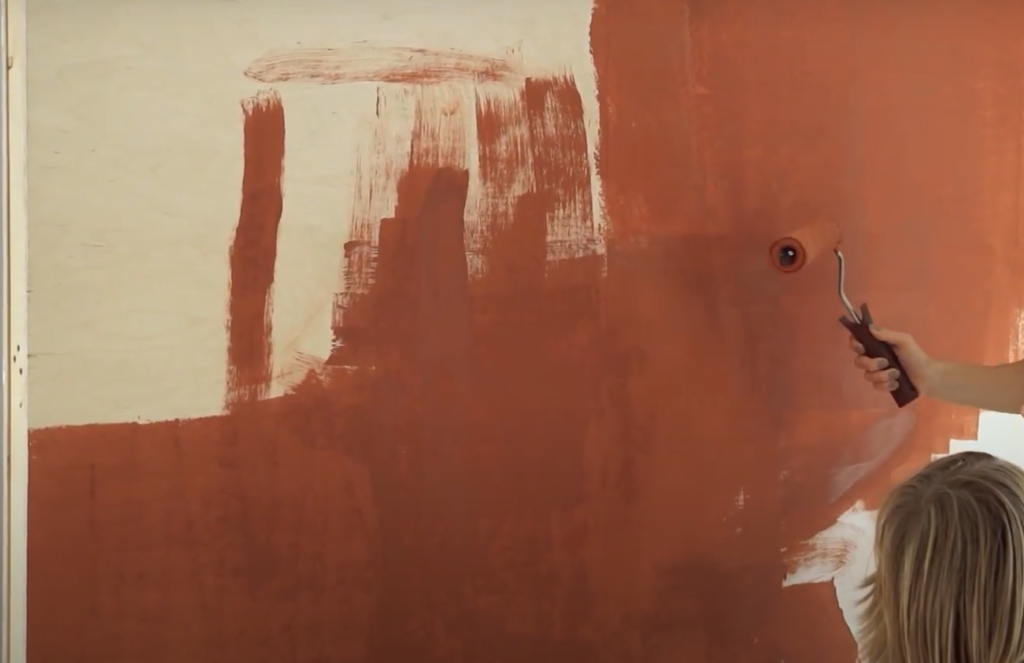
Applying an eggshell paint finish over semi-gloss offers a perfect harmony between durability and aesthetics. This combination yields a surface that is not only easy to clean but also visually appealing.
Can You Paint Eggshell over Semi Gloss?
It is indeed possible to apply eggshell paint over a semi-gloss finish. Nevertheless, achieving a smooth, durable finish requires the completion of multiple steps. The smooth and lustrous finish of semi-gloss paint often hinders the proper adhesion of subsequent coats, posing a challenge for achieving optimal results. Hence, before applying eggshell paint, it is crucial to properly prepare the semi-gloss surface. Typically, this process entails cleaning the surface to eliminate dirt or grease, followed by gently sanding it to achieve a slightly rough texture that facilitates proper adhesion of the eggshell paint. Before applying a primer, it is important to thoroughly clean the sanded surface to remove any dust particles. After the primer has fully dried, you can proceed to apply the eggshell paint. Follow these steps to paint eggshell over semi-gloss, achieving a durable and subtly elegant finish. [1]
How to Paint Eggshell over Semi Gloss?
Materials You Need
To apply eggshell paint over semi-gloss, gather the following materials:
- Eggshell Paint
- Primer
- Sandpaper
- Sponge or Cloth
- Paint Brushes or Rollers
- Paint Tray
- Drop Cloths
- Painter’s Tape
- Prepare the surface
Before you start painting, make sure the surface is properly prepared for the best results. Start by cleaning the semi-gloss-painted wall with a damp sponge or cloth to eliminate any dust, dirt, and grease. This will enhance the adherence of the primer and new paint to the surface, resulting in a better finish. Ensure that the wall is thoroughly dry before proceeding to the subsequent step. Next, it’s time to sand the surface.
This step is critical for achieving a slightly textured surface that the eggshell paint can easily bond to. To achieve a smooth finish, make sure to sand the entire surface evenly. Afterward, use a clean, damp cloth to wipe away any lingering dust from the wall. Your wall has been thoroughly cleaned, sanded, and is now priming-ready. [2]Apply a primer
Priming the wall forms an essential part of the process. Begin by pouring your primer into a paint tray. Use a paint brush or roller to apply a coat of primer to the wall.
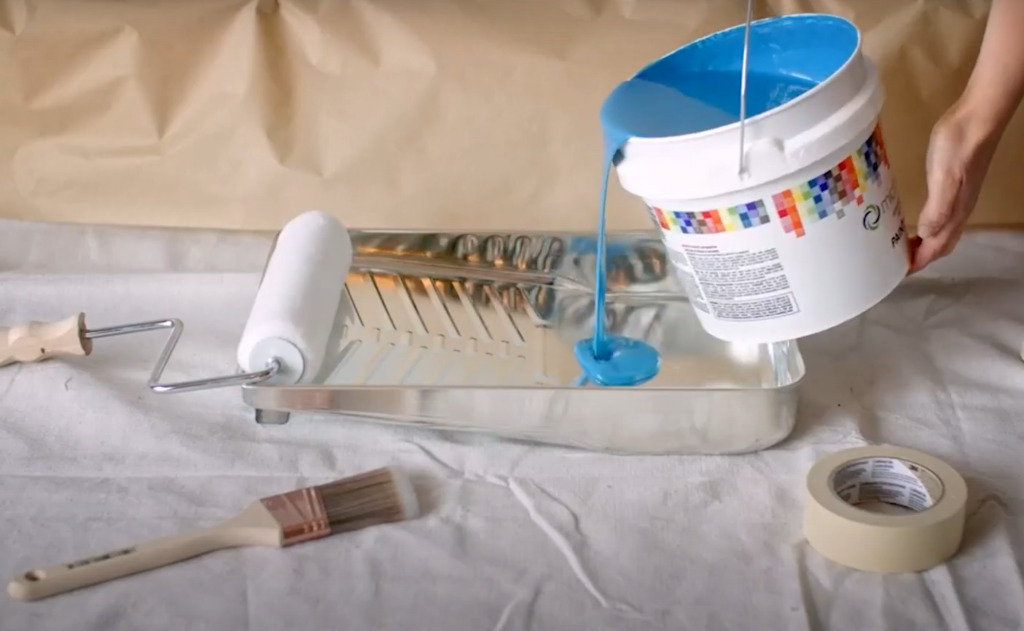
Ensure thorough and even coverage across the entire surface. The primer provides an additional layer of adhesion for the eggshell paint, helping to hide the semi-gloss finish and any color beneath it. It also contributes to the durability of the new paint layer. Once you’ve applied the primer, allow it to dry thoroughly as per the manufacturer’s instructions. Now, your wall is primed and ready for the eggshell paint.
Apply the eggshell paint
Now that your wall is primed, you are ready to apply the eggshell paint. Start by thoroughly stirring the paint in the can to ensure proper consistency. Transfer the paint into a pristine paint tray. Begin the painting process by utilizing a top-notch paint roller or brush. Apply the paint to the wall using fluid, uniform strokes, ensuring a smooth and even finish. For optimal results, begin at the top of the wall and gradually work your way down to avoid any dripping. Ensure you have adequate coverage and that the strokes overlap slightly to avoid visible lines. Once you have applied the first coat to the entire wall, allow it to dry as per the instructions provided by the manufacturer. After allowing the first coat to dry thoroughly, proceed to apply a second coat of the eggshell paint. This will guarantee uniform coverage and enhance the durability of the final finish. After applying the final coat, allow the paint to dry completely.
Additional Tips to Follow
When undertaking a painting project, consider these additional tips to ensure a smooth and successful outcome:
- Always work in a well-ventilated space: Paints and primers emit fumes that can be unpleasant and even harmful in confined spaces. Open windows and doors for proper ventilation.
- Keep a consistent stroke pattern: Whether you’re using a roller or a brush, maintain the same stroke pattern throughout the painting process to avoid inconsistencies in texture and finish.
- Don’t rush the drying time: Patience is essential in painting. Let each coat of paint and primer dry completely before applying the next layer. Rushing can result in a patchy finish and peeling.
- Clean your tools properly: Properly cleaning your brushes or rollers after each use is crucial for prolonging their lifespan and achieving optimal application in your future painting projects.
- Store leftover paint properly: To preserve leftover paint, make sure it is tightly sealed and stored in a cool, dry location. This will allow you to utilize it for future touch-ups while maintaining its quality. [3]
Can You Paint Eggshell over Semi-gloss without Sanding?
While it is technically feasible to apply eggshell paint over semi-gloss without sanding, it is generally not advisable to do so. The smooth surface created by the glossiness of semi-gloss paint can make it challenging for eggshell paint to adhere properly, resulting in an uneven finish and potential peeling. If sanding is not possible, applying a high-adhesion primer can improve the eggshell paint’s ability to adhere to the glossy surface.
After the primer has completely dried, proceed to apply the eggshell paint. Please note that this method may not be as foolproof as the standard sanding procedure, so it’s important to exercise caution when proceeding.Do You Need an Undercoat with Eggshell Paint?
Eggshell paint generally hides imperfections well and adheres strongly to surfaces, which often makes it possible to skip the undercoat. However, an undercoat is recommended under certain circumstances.
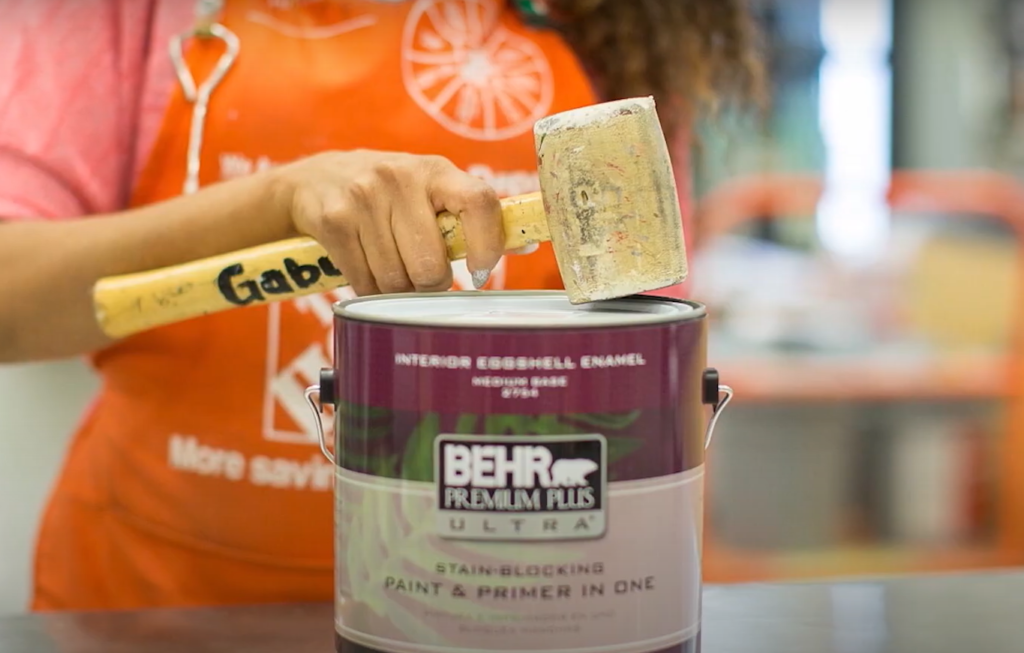
If you’re painting over a darker color with a lighter shade of eggshell paint, an undercoat can help to more effectively hide the original color. In the same vein, when dealing with a surface that has never been painted or is highly porous, applying an undercoat can yield a more seamless and consistent foundation for the application of eggshell paint. Applying an undercoat not only enhances the durability of the eggshell paint but also safeguards the finish from chips, scratches, and other forms of wear and tear. Whether or not an undercoat is required when using eggshell paint ultimately depends on the unique circumstances of your painting project.
Does Primer Stick to Semi-gloss Paint?
Indeed, primer can adhere to semi-gloss paint, but the preparation process is pivotal in ensuring optimal adhesion. The glossy and sleek surface of semi-gloss paint presents a challenge for proper adhesion of the primer. Therefore, it is strongly advised to lightly sand the semi-gloss paint before applying the primer. Sanding imparts a subtly textured surface, enhancing the primer’s adhesion. After completing the sanding process, make sure to thoroughly clean the surface, ensuring it is free from any dust or debris. Next, make sure to apply a top-notch primer that is specifically designed for the type of semi-gloss paint on your wall. Ensure that the primer is allowed to thoroughly dry by the instructions provided by the manufacturer. This process improves the adhesion of the primer, facilitating the application of eggshell or any other type of paint over the semi-gloss paint, resulting in a smoother finish. It is important to note that neglecting the priming process may result in an uneven finish and potential peeling down the line, ultimately compromising the overall quality of your painting project. [4]
FAQ
What paint can go over semi-gloss?
Semi-gloss surfaces can be painted with virtually any type of paint, as long as the surface is properly prepared. This encompasses flat, eggshell, satin, or an additional coat of semi-gloss paint. The key lies in preparing the semi-gloss surface by sanding it to create a rough texture for improved adhesion, followed by applying a primer. However, some modern paints come as “paint and primer in one” and may skip the separate priming step, but the surface must still be properly prepared. Follow manufacturer’s instructions for optimal results.
Can you paint over semi-gloss without sanding?
While it is technically possible to paint over semi-gloss without sanding, it is generally not advisable to do so. The smooth and glossy surface can pose a challenge for the proper adhesion of a fresh coat of paint, potentially resulting in peeling or an uneven finish.
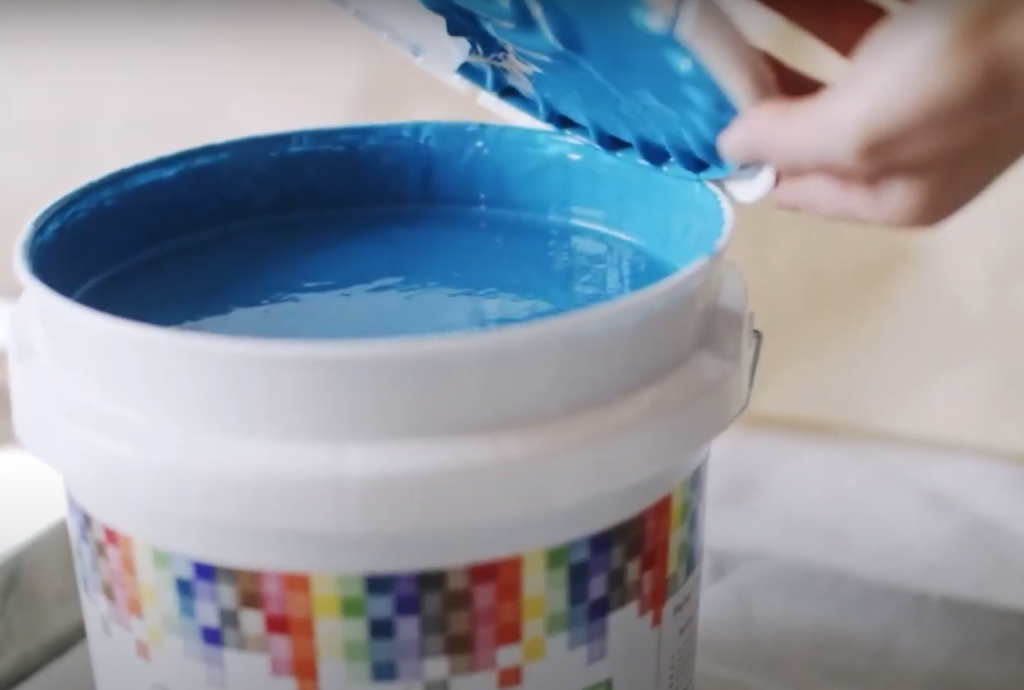
If sanding is not an option, a viable alternative is to utilize a high-adhesion primer or a specially formulated paint that is designed to effectively bond with smooth surfaces. These products enhance the adherence of the new paint to the semi-gloss surface, resulting in improved quality and durability. Before painting, it is imperative to consistently verify that the surface is immaculate, devoid of any dust particles or debris. Remember, this method may not always yield the same consistent results as the traditional sanding and priming process.
When should you not use eggshell paint?
It is not advisable to utilize eggshell paint in high-traffic areas or locations prone to dirt, grime, and moisture accumulation. This applies to spaces like bathrooms, kitchens, and children’s rooms, where walls are often touched and thus need a durable, washable paint finish. Furthermore, walls that have numerous surface imperfections may appear more pronounced when painted with eggshell paint, due to its subtle sheen, compared to a flatter paint finish. Therefore, for such walls, considering a flat or matte finish might be a better choice. Lastly, eggshell paint is not suitable for outdoor use, as it does not withstand extreme weather conditions as effectively as some other paint finishes.
Do I need to primer before eggshell?
The need for a primer before applying eggshell paint largely depends on the condition and color of the surface you are painting over. If the existing paint is in good condition, and you are not making a significant color change, you may not need a primer. However, if you are painting over a darker color with a lighter eggshell paint, or over a damaged or stained surface, a primer is recommended to ensure proper coverage and adhesion. Also, if you’re painting over a glossy or semi-gloss finish, using a primer can help the eggshell paint adhere better to the smooth surface.
What happens if you paint over gloss?
Painting directly over gloss paint without proper preparation can lead to disappointing results. Gloss paint has a high sheen, which can prevent a new coat of paint from adhering properly. This may cause issues such as peeling, cracking, or an uneven finish.
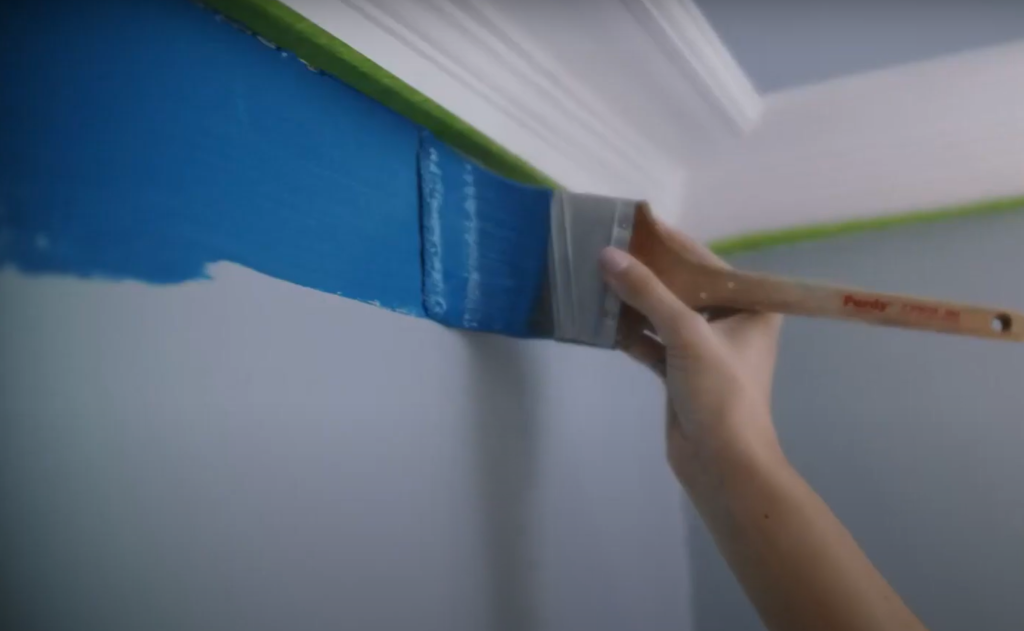
Additionally, the high level of gloss can show through the new layer of paint, affecting the desired color or finish. To avoid these problems, it is recommended to prepare the glossy surface properly. This usually involves lightly sanding the surface to create a texture the new paint can adhere to, cleaning the area to remove any dust or debris, and then applying a primer.
What happens if I paint flat over semi-gloss?
If you paint flat paint over semi-gloss without the proper preparation, you may encounter issues with adhesion because the slick surface of semi-gloss paint can hinder the adherence of flat paint. This can lead to peeling, bubbling, or an uneven finish. However, with the right preparation, it is entirely possible to achieve a good result. Preparations would typically include lightly sanding the semi-gloss paint to create a rough texture for the new paint to grip onto, ensuring the surface is clean and free of dust, and applying a suitable primer. After this, the flat paint can adhere effectively, providing a smooth and durable finish.
Can you paint straight over gloss?
Painting directly over gloss paint without any preparation is not generally recommended. The glossy finish creates a surface that might not allow the new paint to adhere properly, leading to potential problems such as peeling, cracking, and an uneven appearance. The existing glossiness can also affect the final appearance of the new paint layer. However, if painting straight over gloss paint is necessary, using a high-adhesion primer can help. This primer is designed to stick to glossy surfaces and provide a base for the new paint to adhere to.
What is better: eggshell or satin?
Deciding whether eggshell or satin paint is better largely depends on the requirements of your project and personal preference. Both paints have their unique characteristics. Eggshell paint has a slight sheen and is more durable than flat paint but still tends to be less shiny than satin. It’s great for bedrooms and living rooms, and can withstand moderate wear and tear.
On the other hand, satin paint has a smoother and glossier finish, which can withstand high-traffic areas and resist stains and mildew, making it an excellent choice for kitchens, bathrooms, children’s rooms, or any areas that require frequent cleaning. However, satin paint tends to show imperfections more than eggshell.
What is the best way to paint over semi-gloss paint?
The best way to paint over semi-gloss paint involves a few key steps to ensure optimal results. First, clean the semi-gloss surface to remove any dust, grime or grease that could interfere with adhesion. Next, you’ll want to sand the surface lightly with fine-grit sandpaper, which will provide some texture and increase the new paint’s ability to adhere. After sanding, wipe the surface clean to remove any residual dust.
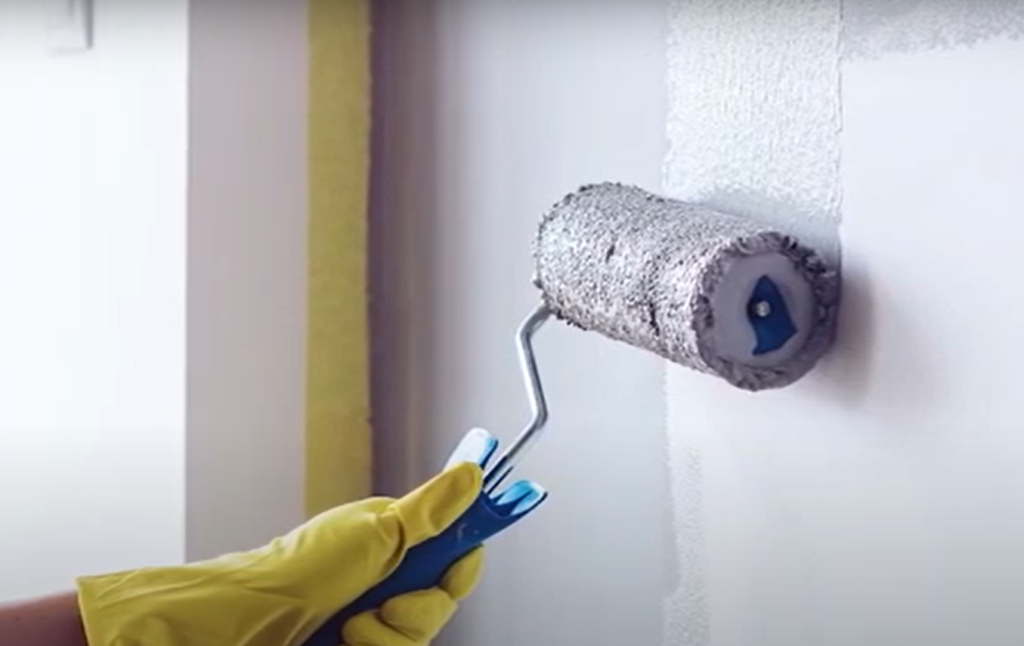
Then, apply a high-quality primer to the surface. The primer serves as a base for the new paint, helping it adhere better and providing a more uniform finish. Once the primer is fully dry, you can proceed to paint with your chosen paint.
Can you paint directly over semi-gloss paint?
While technically you can paint directly over semi-gloss paint, it is not recommended without proper surface preparation due to the high sheen level of semi-gloss paint. This high sheen can prevent the new paint from adhering properly, leading to problems such as peeling, cracking or an uneven finish. The best approach is to clean the surface, lightly sand it to create a rough texture for the new paint to adhere to, remove any dust or debris, and then apply a suitable primer. After the primer has dried, you can proceed with painting. This process will ensure the new paint adheres properly and results in a durable and even finish. Always refer to the manufacturer’s instructions for the most effective results.
Useful Video: Eggshell Vs Semi Gloss Paint – What to Choose?
Conclusion
In conclusion, painting over semi-gloss or gloss paint requires careful preparation to ensure a smooth, lasting finish. Cleaning, sanding, and priming the surface are key steps that help the new paint adhere properly, preventing issues such as peeling or cracking. The choice between eggshell and satin finishes, on the other hand, should be dictated by the specific needs of your project. While eggshell is less shiny and better suited for areas with moderate wear and tear, satin offers a glossier finish, making it suitable for high-traffic areas. Overall, the success of your painting project hinges on appropriate surface preparation and choosing the right type of paint for your needs, always keeping in mind to follow the manufacturer’s instructions.
References:
- https://propaintersguide.com/can-you-paint-eggshell-over-semi-gloss/#:~:text=Yes%2C%20you%20can%20paint%20eggshells,paint%2C%20but%20sturdiness%20is%20guaranteed.
- https://paintanalyzer.com/can-you-paint-eggshell-over-semi-gloss/
- https://kitschmag.com/can-you-paint-eggshell-over-semi-gloss/
- https://upgradedhome.com/can-you-paint-eggshell-over-semi-gloss/


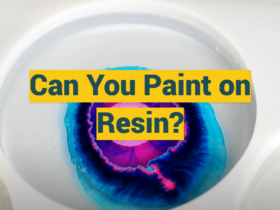
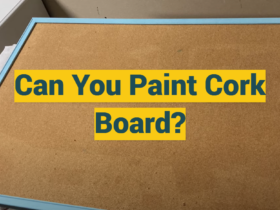
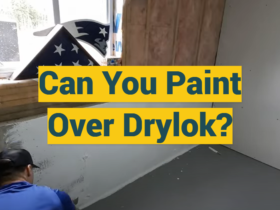
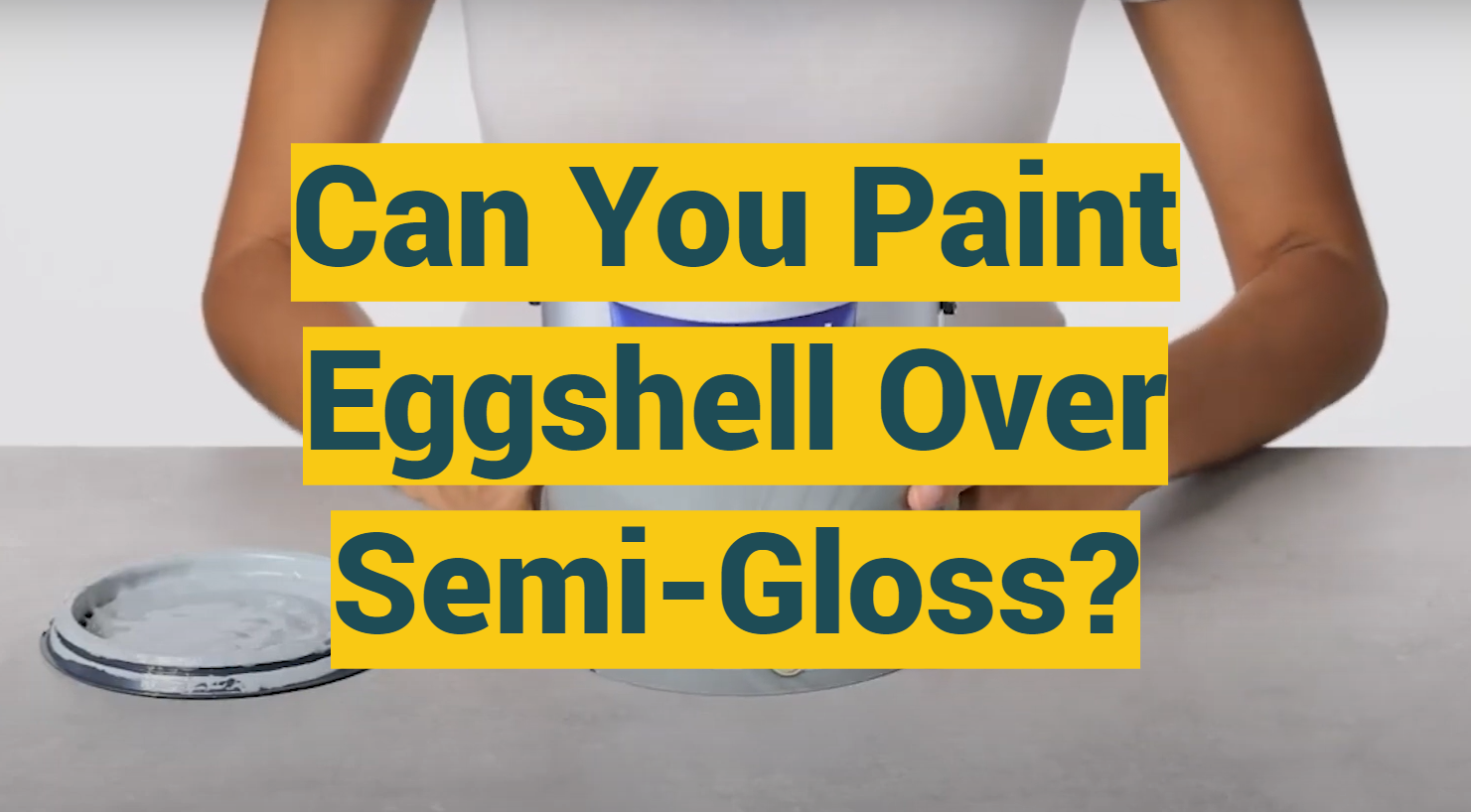


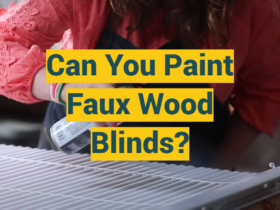

Leave a Review